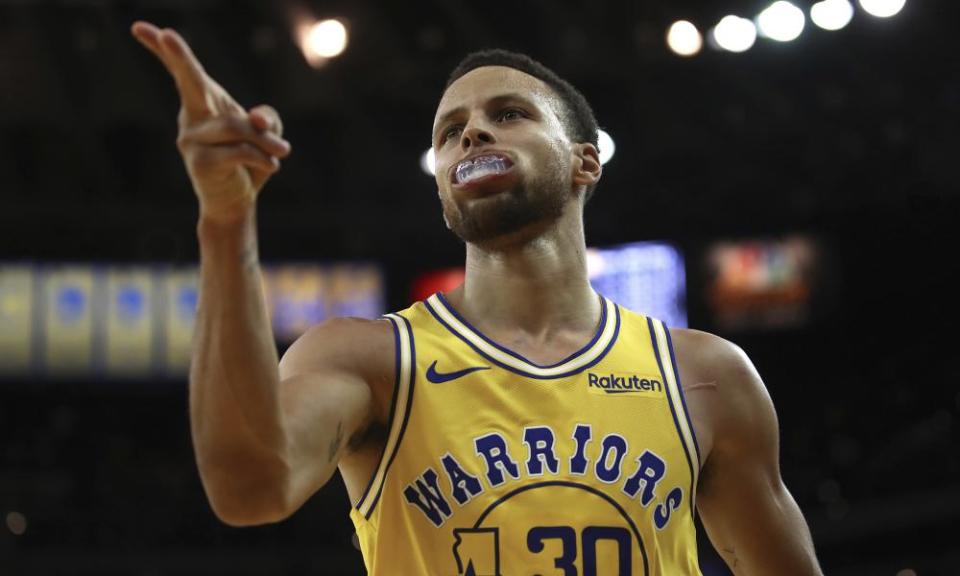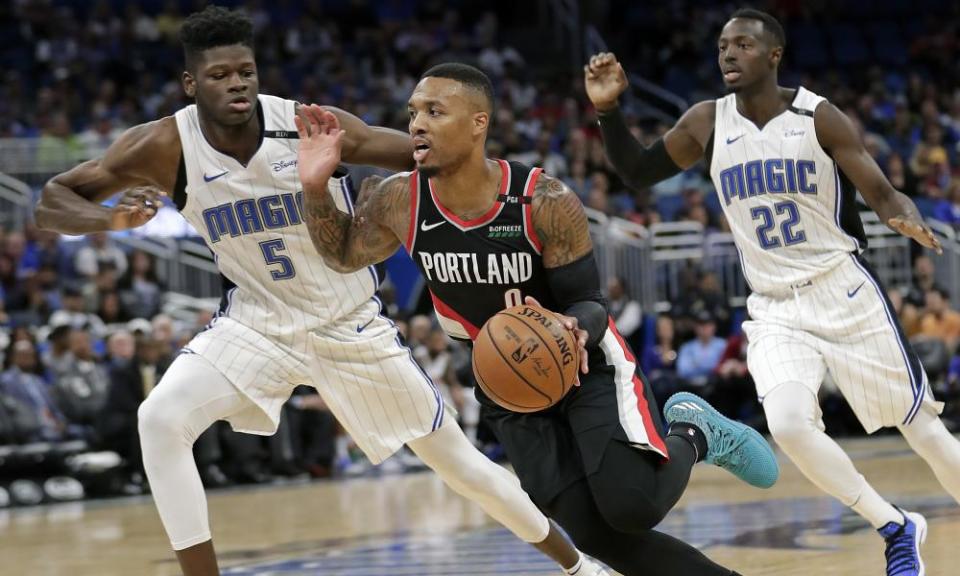How sleep and jet-lag influences success in the travel-crazy NBA
NBA teams play 41 road games a season, often in different time zones. That can be especially tough for teams journeying west

Even with schedule tweaks, NBA teams will spend more time at cruising altitude than teams in any other professional league. The fatigue of playing 82 games a year, or more, is tough. The jet lag from travelling to 41 road games may be equally difficult.
“You grow up knowing about the 82-game schedule in the NBA,” says Golden State Warriors point guard Quinn Cook. “But it’s totally different when you experience the difficulty of that schedule yourself.”
The NBA travel schedule, with travel across four timezones, is as difficult as it comes. NFL teams routinely travel as far, but only play once a week. MLB teams play more often, but spend four to five days in each city, making for fewer miles travelled. NBA teams play, on average, slightly over three games a week over a 26-week regular season. And they go far, with most teams travelling well over 40,000 miles over the regular season.
All that travel could be having an effect on results too. Solidified by LeBron’s move west, the Western Conference has much of the NBA’s best talent, with 14 of the league’s best players. And although the Western Conference is on the wrong side of another imbalance, miles travelled – the Trailblazers, Clippers, Lakers, Warriors and Timberwolves are top-five in miles travelled in the 2018-19 season – there is new research that indicates Western Conference teams might have an edge when travelling.
As if a shallower talent pool wasn’t enough, Eastern Conference teams travelling westward had more difficulty winning, especially when games were later in the evening. Those NBA teams traveling eastward had a winning percentage of 45.4% compared with 36.2% for teams traveling westward.
But how much does that have to do with a talent differential, and how much is down to the direction of travel?
“It’s true that east to west travel has a greater effect on performance,” says Bill Burgos, a performance consultant and former head strength and conditioning coach for the Orlando Magic, “but it all depends when a team leaves the east coast to play west coast teams along with what time the games are played.”
A disruption in the body’s circadian rhythm, the 24-hour internal clock that tells us when to sleep and wakeup, may be at the root of the problem. This scrambling of the body clock is multiplied with the number of time zones travelled. Meaning that, for the Knicks, an away game in Los Angeles would be more difficult to win than one in Milwaukee. It’s just one more home court advantage for West Coast teams, hosting sleepy teams from the East.
Performance, from a circadian rhythm standpoint, is optimized in late afternoon or early evening. When playing in the evening, teams that travel from the west to east – like the Warriors games in New York this week – play at a time closer to the peak performance, while teams travelling west play at a time normally reserved for sleep.

Other research points to the general negative influence of air travel on health and recovery, for every NBA team. According to this research, when travelling on a plane, breathing air from a pressurized cabin, the amount of oxygen stored in the blood drops to a level that might alarm a family physician during a checkup. That, in combination with the inactivity of prolonged sitting, can lead to stiff muscles and joints, impeding recovery. Not so great when trying to get ready for the next game.
But it’s not just performance that suffers when jet lagged. Other studies have found an increase in injuries with more travel. While back to back games were surprisingly not associated with more injuries in the NBA, playing games away from home was. Perhaps indicating that disruption of the body’s internal clock, not solely fatigue, might be a risk factor.
So, if any league is trying to optimize health, playing games during natural peaks in internal alertness – late afternoon or evening – may protect players from fatigue-related injury.
And, as Cook knows, recovery from travel can take time. “The most difficult trip is the one back from the East Coast, it usually takes me two to three days to get adjusted.”
Now playing in Italy, almost exclusively against teams in the same time zone, former 76er and Warrior James Michael McAdoo remembers the tough travel schedule in the NBA. “The travel can mess with you, whichever direction you are travelling,” says McAdoo. “You get in super late at night, but you’re wide awake at two in the morning because your body is used to a different time zone.”
So, recovery from what happens off the court is as important as recovery from what happens on the court. Some teams have used colored lights – blue in the morning, red in the evening – to help athletes more quickly restore a normal circadian rhythm. Of course, as Burgos emphasizes, lights can be effective, but it’s tough to get players to use them. That’s why he recommends the low-tech solution to jet lag, proper hydration and the good old power nap.
McAdoo is a fan of napping: “I’m not a guy who likes to sleep in, even if I got in late, so usually I take an NBA nap – a two- to three-hour nap – in the middle of the day.”
For Cook, establishing a travel routine, something he’s learned from the veteran players on the Warriors, has been a big part of adjusting to the schedule.
Of course, not every road game stress is related to the circadian clock. Some team’s cities, notably Miami, Los Angeles, New York, derive a ‘home court advantage’ from their weather and nightlife. Travel to those cities can cause a sudden outbreak of ‘flu-like’ symptoms. For McAdoo, playing in the Bay Area was tough to beat, something he really appreciated during the Philadelphia winter. “After playing in Philadelphia and the East Coast, we would get out to LA, and it would be great just to be warm and see the sun. The team understood that, and they would try to get us there early.”
Of course, many may have difficulty pitying players that travel first-class in chartered planes, jet-setting to exciting cities. Nevertheless, if you’re rooting for your favorite NBA team to win on the road, you better hope that those perks keep their circadian rhythms running as smoothly as a Swiss watch.

